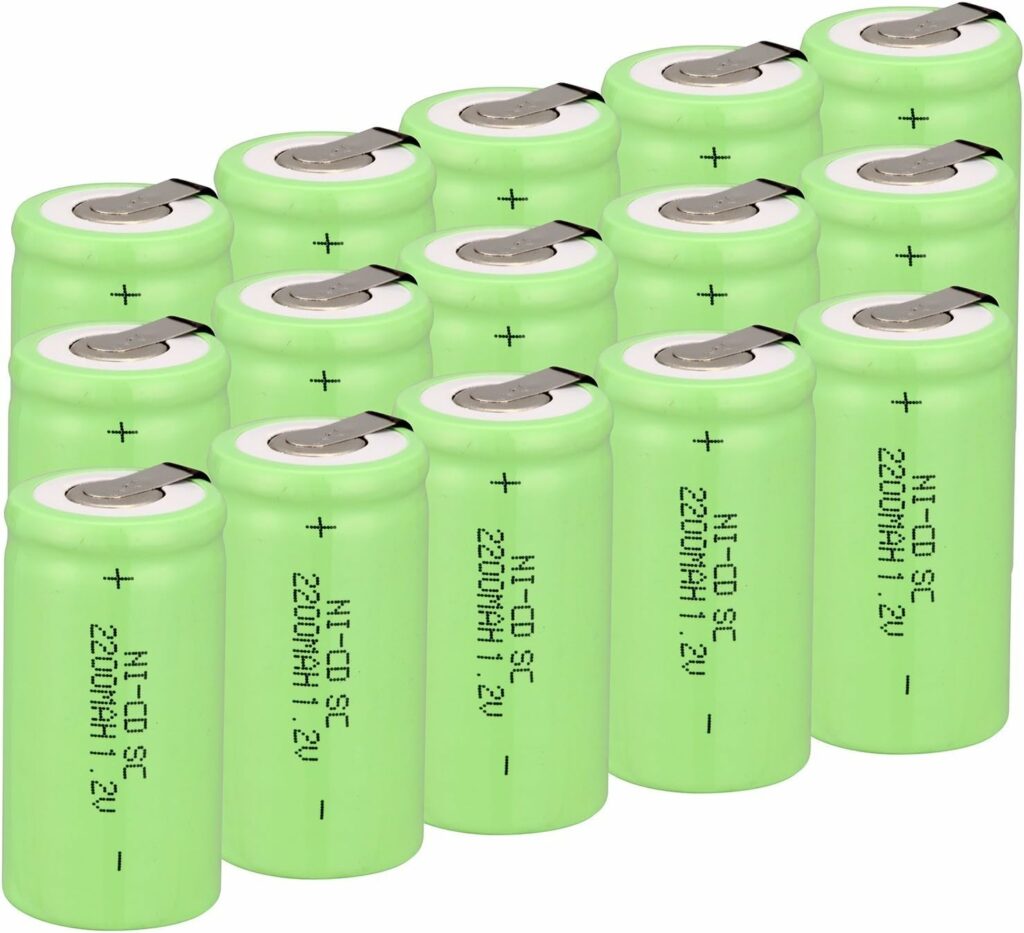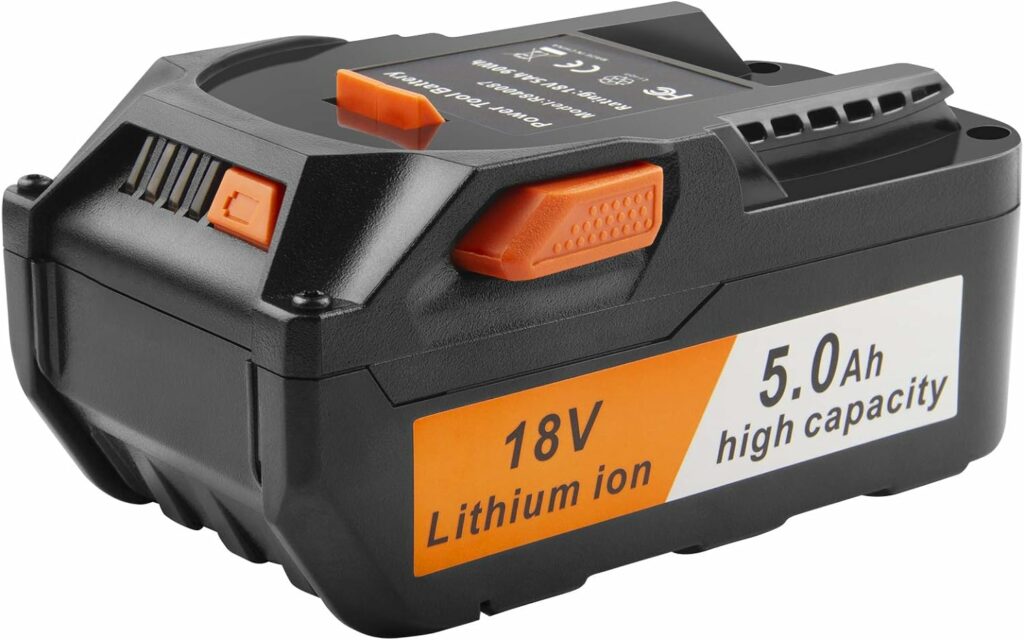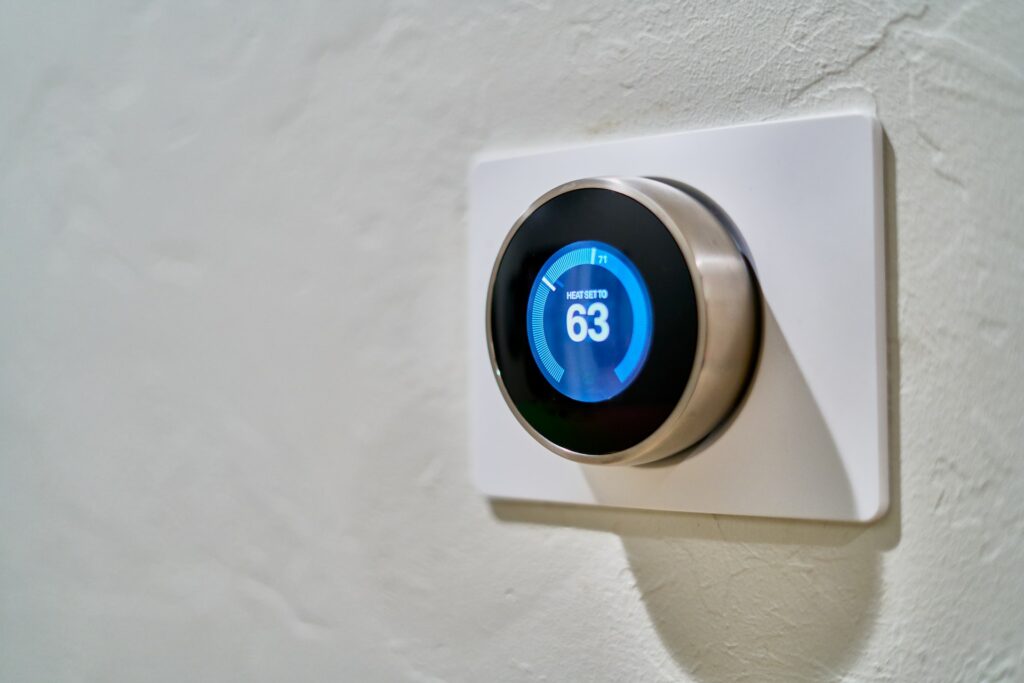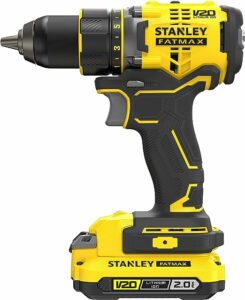Last Updated on October 16, 2023 by Pro Handyman Australia – Editorial Team
The lifespan of cordless drill batteries largely depends on their type and usage. If you’re looking through a Cordless Drill Buying Guide, you’ll often find that lithium-ion batteries, commonly used in cordless drills, can last between 2 to 3 years with regular use. Now, let’s delve into the evolution of these batteries and their varying capacities.
Embracing the Cordless Revolution
Cordless drills have revolutionized the tool industry, offering unmatched convenience by eliminating the need for tangled cords or proximity to power outlets. But a pressing question for many users is: how long does a single battery charge last? Typically, while corded drills provide consistent power, cordless ones depend on their battery lifespan, making it essential for frequent users to keep a spare battery handy.
Dive into Battery Types: What Powers Your Drill?
The longevity of a cordless drill battery is significantly influenced by its type. The two predominant battery categories are nickel-cadmium (Ni-Cd) and lithium-ion (Li-ion). Each type offers distinct advantages and limitations in terms of lifespan and performance.
Nickel-Cadmium (Ni-Cd) Batteries

Dating back to 1899, Ni-Cd batteries are the pioneers in rechargeable technology. Their longevity can be attributed to their energy-dense nature and compactness compared to disposable lead-acid batteries. However, they come with their fair share of challenges.
Firstly, cadmium, an inherent component of these batteries, is highly toxic. This toxicity poses environmental risks, especially when these batteries degrade, releasing cadmium into the soil. Another challenge is the “memory effect.” If Ni-Cd batteries are frequently charged before being fully drained, they start recognizing this premature charge state as full, reducing their effective capacity. Overcharging can further reduce their lifespan.
A contemporary variant is the nickel-metal hydride battery. Although it sidesteps the toxicity issue, it doesn’t quite match up to the potential of the succeeding type—Li-ion.
Lithium-Ion (Li-ion) Batteries

Emerging in 1959, Li-ion batteries blend the advantages of Ni-Cd batteries with their own unique perks. They boast a superior energy density, making them a more effective alternative. Li-ion batteries retain their charge for longer durations and are immune to the memory effect plaguing Ni-Cd batteries. This means fewer interruptions and a more efficient workflow.
However, these advantages come at a steeper price point. And while disposal is less of a challenge compared to Ni-Cd, sourcing lithium is environmentally detrimental. Additionally, these batteries can be flammable under certain conditions, necessitating stricter transportation guidelines. On the brighter side, recycling is an option, which might alleviate some costs.
Optimizing Battery Lifespan and Performance
A cordless drill’s effectiveness is directly proportional to its battery’s efficiency. Environmental factors, notably extreme temperatures, can diminish battery performance. Maintaining them at room temperature is optimal for longevity.
Understanding the optimal ways to use and store power tool batteries can drastically boost their longevity. Whether you’re an everyday user or only take them out occasionally, being well-informed about battery maintenance is pivotal. Here are five insightful tips to ensure your batteries serve you well over time.
Battling Self-Discharge
Inevitably, all batteries experience some power loss over time. Ni-Cd batteries are more susceptible to this than their Li-ion counterparts. This disparity is especially noticeable if the drill isn’t used regularly. In such scenarios, Ni-Cd batteries face a decreased lifespan, emphasizing the edge Li-ion batteries have in prolonged efficiency.
Understanding the Impact of Task Nature
The kind of work you undertake plays a pivotal role in determining the battery consumption of your cordless drill. Drilling larger holes will inevitably consume more power, leading to faster battery depletion. If such tasks are a regular part of your work, it underscores the importance of having an additional battery at your disposal.
Prioritizing Proper Maintenance
Every tool requires regular upkeep to maximize its lifespan and efficiency. For cordless drill batteries, mitigating corrosion is crucial. It is essential to maintain clean connections for optimal performance. If you foresee an extended period without using your drill, it’s advisable to detach the battery. This precaution also extends to your charger.
Prioritize Compatibility and Quality
- Ensure that you’re using an appropriate battery for your tool. A high-powered tool demands a battery that can sustain its needs. Frequently recharging a low-power battery for such tools can reduce its life.
- Employ a charger that’s tailored to your tool’s application and run-time requirements.
- The original manufacturer batteries come equipped with advanced technology that consistently monitors battery health, cell balance, and temperature. These features are paramount for long-lasting tools. It’s advisable to pair tools, batteries, and chargers from the same manufacturer. This is because each brand has distinctive circuitry designs. Non-genuine or counterfeit batteries might not have undergone rigorous testing or contain essential safety design features, posing risks like damage or potential fires. Being vigilant about the authenticity of batteries is crucial.
Be Wary of Temperature Extremes

- Lithium-ion batteries are sensitive to temperatures. Exposure to temperatures exceeding 175 F can inflict irreversible damage. Such temperatures can be quickly reached if the battery is in direct sunlight or confined in a heated space.
- Research from the University of Michigan emphasized the hazards of elevated temperatures, pointing out the escalated risks, including potential fires. As a general rule, store batteries in climate-controlled settings, ideally around 59 F. Most battery compositions can endure temperatures from minus-40 F to 122 F.
Storage Matters
- Damp environments can accelerate corrosion and compromise the electrical components of your tools. Safeguard your tools by housing them in cases or cabinets. This not only reduces the ingress of dust and particles but also safeguards the vents.
- Using toolboxes with foam inserts or specialized battery holders can further extend battery life. Storing them in cool, dry spots is instrumental in optimizing their performance and charging efficiency.
Keep Your Tools Active
Batteries come with a defined lifespan and tend to degrade if left unused. Batteries that remain unused post-charging will gradually lose their charge. Different battery technologies exhibit varied self-discharge rates. For instance, NiCd batteries lose a significant portion of their charge within the initial three days if kept outside their charger. In contrast, lithium-ion batteries maintain their charge remarkably well when not in use. It’s worth noting that overcharging or frequent recharging due to battery damage can produce excessive heat, which may further harm the battery. Having a backup battery is a prudent practice.
Guard Against Liquids and Metals
While steering clear of moisture might seem obvious, external work environments can be unpredictable. Some battery packs come designed to channel water away from their internal components. Always ensure that your batteries are stored away from potential water sources, other liquids, or metallic objects like keys, coins, or screws. These can pose significant safety risks.
Hands-on User Experience with Cordless Drill Batteries
When diving into the world of cordless drills, hearing from those who have truly tested them in real-world situations offers invaluable insights.

Take, for instance, the experience of Jake, a DIY enthusiast. He shared his encounter with the Stanley FatMax SFMCD720D2K. “Having worked on both home projects and professional sites, I can vouch for the Pro-X’s consistent performance. The battery lasted significantly longer than my older Worx WX101L.9. However, I did notice a slight dip in power after a year, which was a tad disappointing.”

Similarly, Emma, a furniture artist, recently switched to the BLACK+DECKER BDCD8-GB and had this to say, “For detailed work, battery longevity is a dream! I’ve gone through several full days without needing a recharge. But the real magic? It still holds that same power even after months of use.”
These firsthand accounts emphasize the importance of real-life testing, especially when considering tools like the Cordless Impact Drill. While specifications and features matter, the day-to-day performance in diverse scenarios truly paints a picture of what to expect from such devices.
In-depth Comparisons of Cordless Drill Batteries
When considering longevity, power, and cost-effectiveness, an in-depth comparison of leading models can shed light on the best choices. Here’s a brief breakdown of some top contenders:
| Model | Power Output (torque) | Battery Lifespan (avg. hours) | Price Range ($) |
|---|---|---|---|
| Stanley FatMax SFMCD720D2K | 70 Nm | 10 | 120-150 |
| BLACK+DECKER BDCD8-GB | 65 Nm | 12 | 140-170 |
| Worx WX101L.9 | 60 Nm | 8 | 100-130 |
While Stanley FatMax SFMCD720D2K delivers slightly more power, the BLACK+DECKER BDCD8-GB offers better battery life, making the competition tight. The Worx WX101L.9, though less powerful and with shorter battery life, comes in as a more affordable option.
Evaluating Battery Lifespan
For users of Li-ion cordless drill batteries, the average lifespan hovers around two to three years, influenced by the frequency of its use. On the other hand, Ni-Cd batteries typically have a shorter duration. Their longevity is not only reliant on usage patterns but also inherently linked to their composition and design.
Assessing the Value of Cordless Drill Batteries
Cordless tools, be they drills or other gadgets, have revolutionized the way we approach tasks, offering unparalleled flexibility and movement. However, the very essence of their power and functionality lies in their batteries. For enthusiasts who delve into DIY projects sporadically, lithium-ion batteries emerge as the clear winner. Not only do they sustain their charge impressively, but they also boast an extended lifespan, making them a crucial component of any cordless tool.
Conclusion
In the ever-evolving realm of tools and technology, the transition to cordless devices has been a game-changer, especially for professionals like those at Melbourne Handyman Services. It’s essential to recognize the pivotal role of batteries in this equation. Choosing the right battery not only ensures the optimal performance of your tool but also guarantees a hassle-free and efficient experience.
